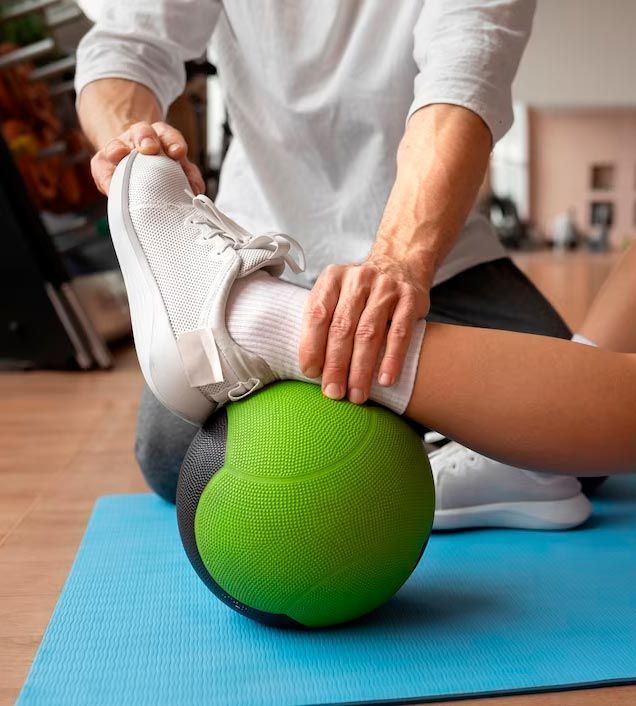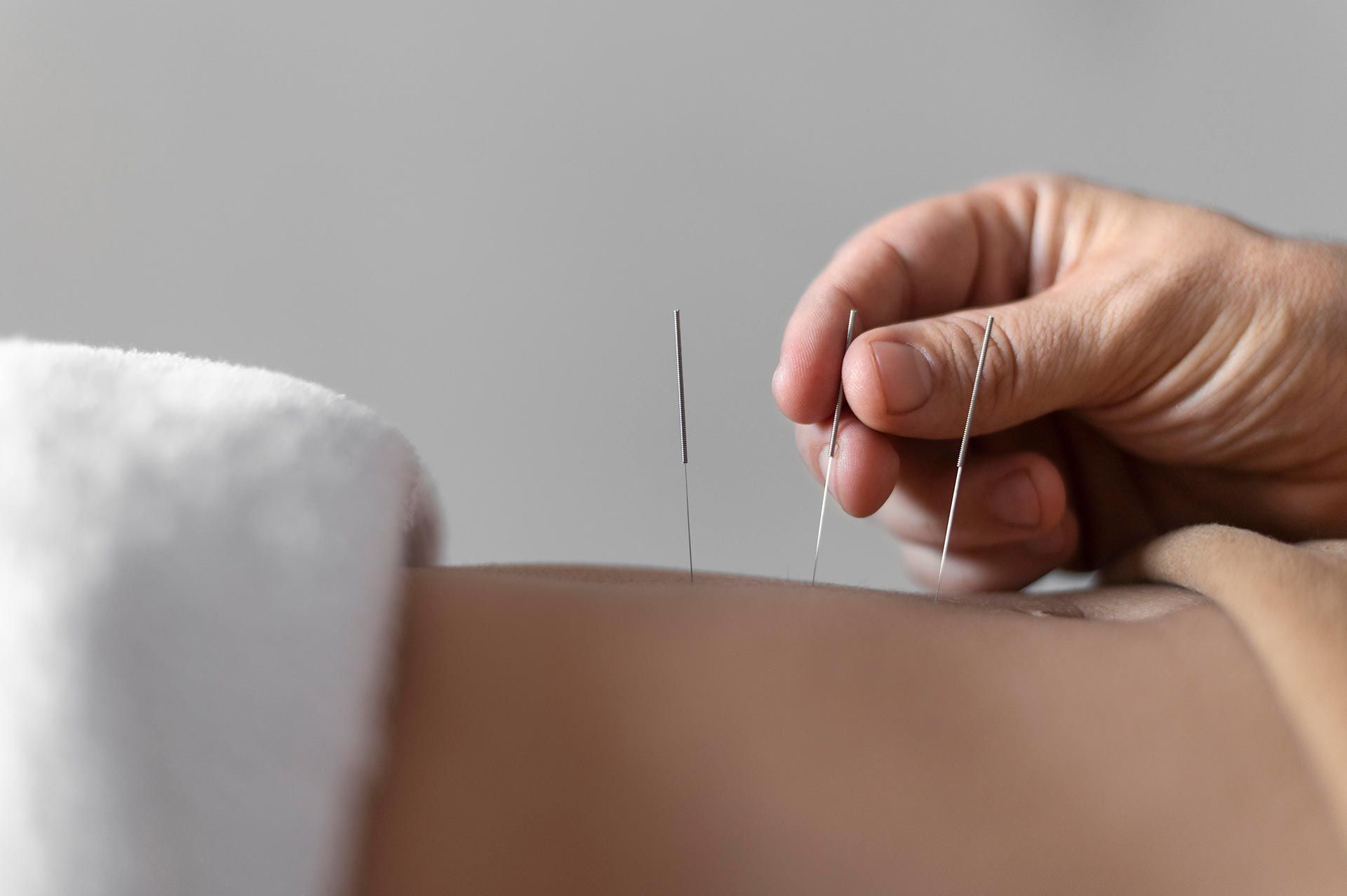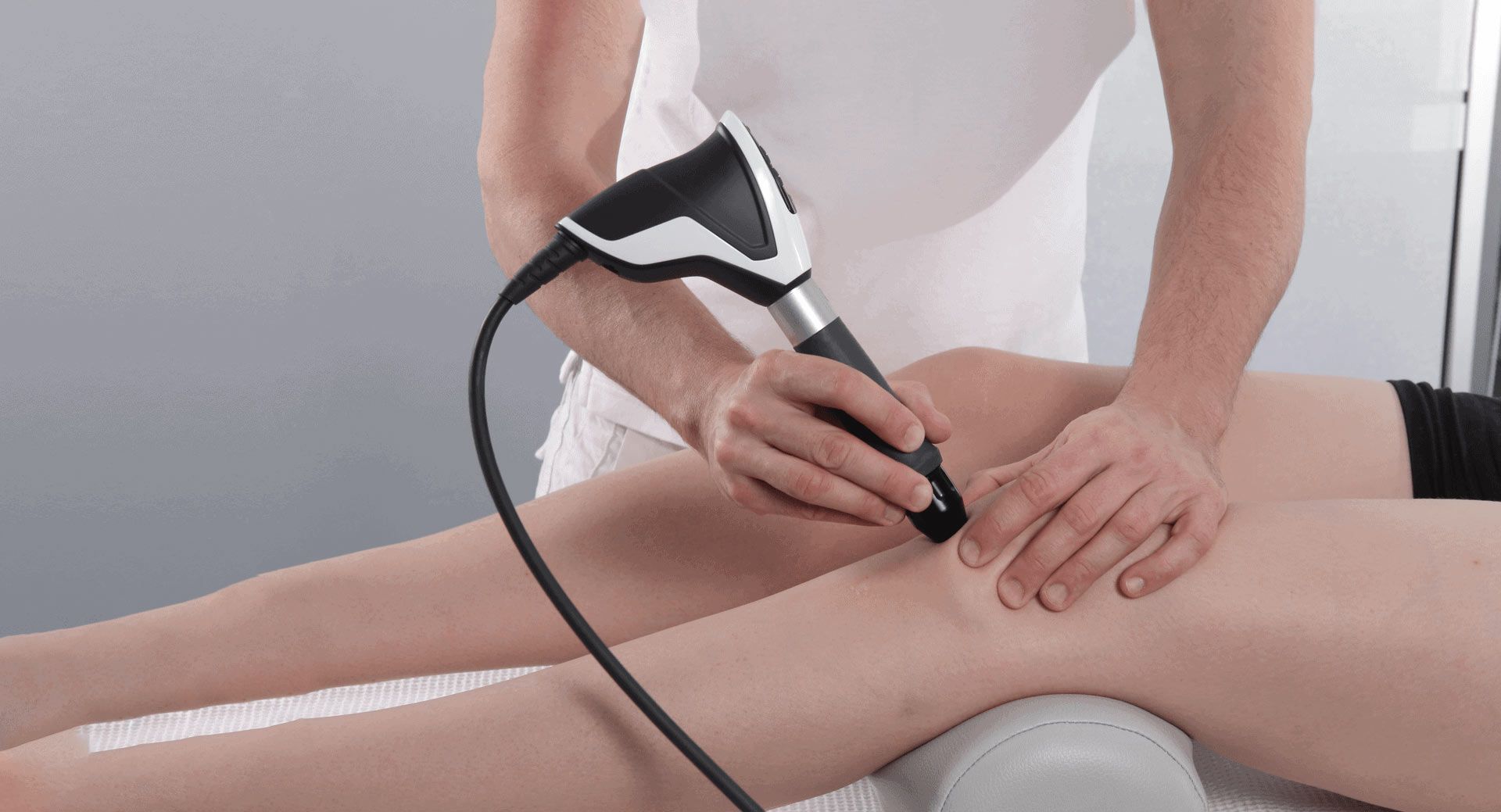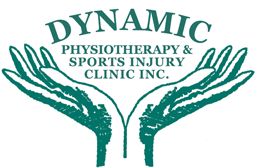Women’s health encompasses a wide range of unique challenges, many of which are related to
the pelvic floor. The pelvic floor muscles play a crucial role in supporting the bladder, uterus, and
bowels, and they are essential for maintaining proper function in these areas. However, factors
such as pregnancy, childbirth, aging, and even certain surgeries can weaken these muscles,
leading to a variety of issues, including incontinence, pelvic pain, and sexual dysfunction.
Pelvic floor physiotherapy is a specialized form of treatment designed to address these issues
and restore function to the pelvic region. In this blog, we’ll explore why pelvic floor
physiotherapy is so important for women’s health, the common conditions it can help with, and
what to expect from a pelvic floor physiotherapy program.
What is Pelvic Floor Physiotherapy?
Pelvic floor physiotherapy involves the assessment and treatment of the pelvic floor muscles,
which are a group of muscles that span the bottom of the pelvis. These muscles are responsible
for supporting the pelvic organs, controlling the release of urine and feces, and contributing to
sexual function.
1. Goals of Pelvic Floor Physiotherapy:
The primary goals of pelvic floor physiotherapy are to:
● Strengthen or relax the pelvic floor muscles, depending on the patient’s needs.
● Improve control and coordination of these muscles.
● Alleviate symptoms related to pelvic floor dysfunction.
2. How It’s Performed:
Pelvic floor physiotherapy may include a combination of exercises, manual therapy, education,
and lifestyle modifications. The treatment plan is personalized to the individual’s specific needs
and may involve:
● Pelvic Floor Exercises: Also known as Kegel exercises, these help strengthen the
pelvic floor muscles.
● Manual Therapy: Hands-on techniques to release tension in the pelvic floor muscles or
realign the pelvis.
● Education: Information on bladder and bowel habits, posture, and lifestyle changes that
can improve pelvic health.
Common Conditions Treated with Pelvic Floor Physiotherapy
Pelvic floor physiotherapy is an effective treatment for a variety of conditions that affect women,
particularly those related to pregnancy, childbirth, and aging. Here are some of the most
common issues it can help with:
1. Incontinence:
Urinary incontinence, the involuntary leakage of urine, is a common issue among women,
especially after childbirth or during menopause. Pelvic floor physiotherapy can help strengthen
the muscles responsible for bladder control, reducing or eliminating incontinence.
2. Pelvic Organ Prolapse:
Pelvic organ prolapse occurs when the pelvic organs, such as the bladder, uterus, or rectum,
slip out of their normal position due to weakened pelvic floor muscles. Physiotherapy can help
manage the symptoms of prolapse and prevent further deterioration.
3. Pelvic Pain:
Chronic pelvic pain can be caused by various factors, including endometriosis, interstitial
cystitis, or musculoskeletal issues. Pelvic floor physiotherapy can help alleviate this pain by
addressing muscle imbalances and tension in the pelvic area.
4. Painful Intercourse (Dyspareunia):
Pelvic floor dysfunction can lead to pain during intercourse, a condition known as dyspareunia.
Physiotherapy can help relax tight pelvic floor muscles, reduce pain, and improve sexual
function.
5. Postpartum Recovery:
After childbirth, many women experience changes in their pelvic floor muscles, leading to issues
such as incontinence, prolapse, or pain. Pelvic floor physiotherapy is an essential part of
postpartum recovery, helping women regain strength and function in the pelvic region.
6. Pre- and Post-Surgical Care:
Women undergoing gynecological surgeries, such as hysterectomy or pelvic floor repair, can
benefit from physiotherapy both before and after surgery to strengthen the pelvic floor muscles
and aid in recovery.
The Benefits of Pelvic Floor Physiotherapy
Pelvic floor physiotherapy offers numerous benefits, making it an invaluable treatment option for
women dealing with pelvic floor dysfunction. Here’s how it can improve your quality of life:
1. Improved Bladder and Bowel Control:
By strengthening the pelvic floor muscles, physiotherapy can significantly reduce symptoms of
incontinence, giving you better control over your bladder and bowel movements.
2. Reduced Pain:
For women suffering from pelvic pain or discomfort, physiotherapy can provide relief by
addressing the underlying muscle tension or dysfunction.
3. Enhanced Sexual Health:
By improving the function and relaxation of the pelvic floor muscles, physiotherapy can reduce
pain during intercourse and enhance overall sexual satisfaction.
4. Faster Postpartum Recovery:
After childbirth, physiotherapy can help new mothers regain their pre-pregnancy strength and
function, preventing long-term issues related to weakened pelvic floor muscles.
5. Prevention of Future Problems:
Regular pelvic floor exercises and physiotherapy can help prevent future issues such as
prolapse or incontinence, especially in women who are at higher risk due to pregnancy,
menopause, or certain surgeries.
6. Boosted Confidence:
Living with pelvic floor dysfunction can be frustrating and embarrassing. By addressing these
issues through physiotherapy, women can regain confidence in their bodies and improve their
overall quality of life.
What to Expect During Pelvic Floor Physiotherapy
If you’re considering pelvic floor physiotherapy, it’s natural to wonder what the process will
involve. Here’s what you can typically expect:
1. Initial Assessment:
Your first session will likely involve a detailed assessment of your medical history, symptoms,
and any specific concerns you have. The physiotherapist may also conduct a physical
examination to assess the strength and function of your pelvic floor muscles.
2. Personalized Treatment Plan:
Based on the assessment, the physiotherapist will develop a treatment plan tailored to your
needs. This plan may include exercises, manual therapy, and lifestyle modifications designed to
improve your pelvic floor health.
3. Regular Sessions:
Pelvic floor physiotherapy typically involves regular sessions, especially in the early stages of
treatment. These sessions may focus on specific exercises to strengthen or relax your pelvic
floor muscles, as well as education on bladder and bowel habits.
4. Home Exercises:
In addition to in-clinic sessions, your physiotherapist will likely prescribe a series of exercises for
you to do at home. These exercises are crucial for maintaining progress between appointments
and ensuring a successful outcome.
5. Ongoing Support:
Your physiotherapist will provide ongoing support and adjustments to your treatment plan as
needed. As your condition improves, the focus may shift to maintaining your progress and
preventing future issues.
Who Should Consider Pelvic Floor Physiotherapy?
Pelvic floor physiotherapy is beneficial for a wide range of women, including:
1. Women During and After Pregnancy:
Pregnancy and childbirth can place significant strain on the pelvic floor muscles. Physiotherapy
can help women maintain pelvic health during pregnancy and recover more effectively after
childbirth.
2. Women Experiencing Menopausal Changes:
The hormonal changes that occur during menopause can weaken the pelvic floor muscles,
leading to issues such as incontinence or prolapse. Physiotherapy can help mitigate these
effects and improve quality of life.
3. Women Undergoing Gynecological Surgery:
Pre- and post-surgical physiotherapy can enhance recovery from gynecological surgeries,
helping women regain strength and function more quickly.
4. Women Suffering from Pelvic Pain or Incontinence:
Any woman experiencing pelvic pain, discomfort, or incontinence can benefit from a
physiotherapy assessment to determine if pelvic floor dysfunction is the underlying cause.
Conclusion
Pelvic floor physiotherapy is an essential component of women’s health, offering effective
treatment for a variety of conditions that affect the pelvic region. Whether you’re dealing with
incontinence, pelvic pain, or postpartum recovery, pelvic floor physiotherapy can help you regain
control, reduce pain, and improve your overall quality of life.
At Dynamic Physiotherapy in Mississauga, we specialize in pelvic floor physiotherapy, providing
personalized care tailored to your unique needs. Our experienced team is here to support you
every step of the way, from initial assessment to ongoing care.
If you’re experiencing symptoms related to pelvic floor dysfunction or want to learn more about
how pelvic floor physiotherapy can benefit you, don’t hesitate to contact us today. Let us help
you take the first step towards a healthier, more comfortable life.










